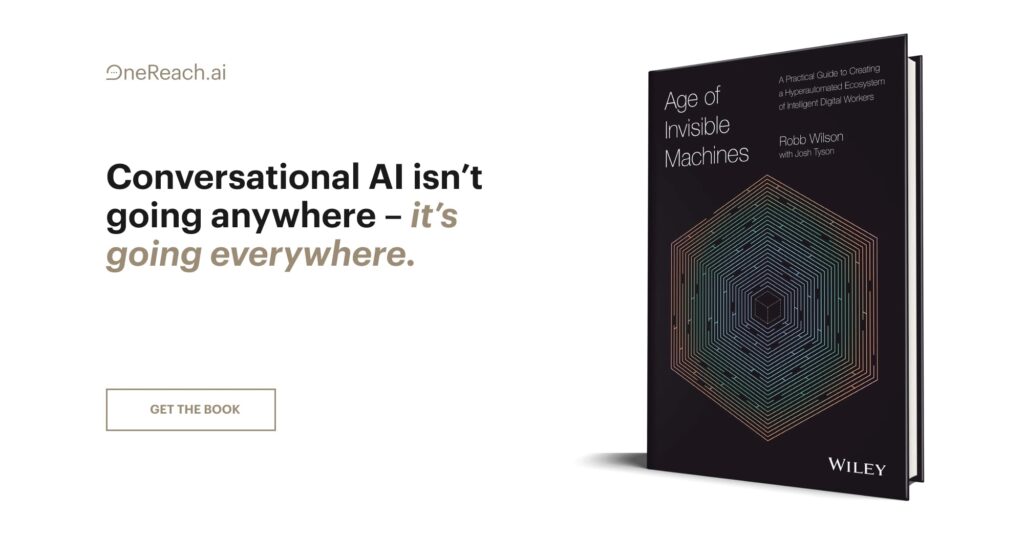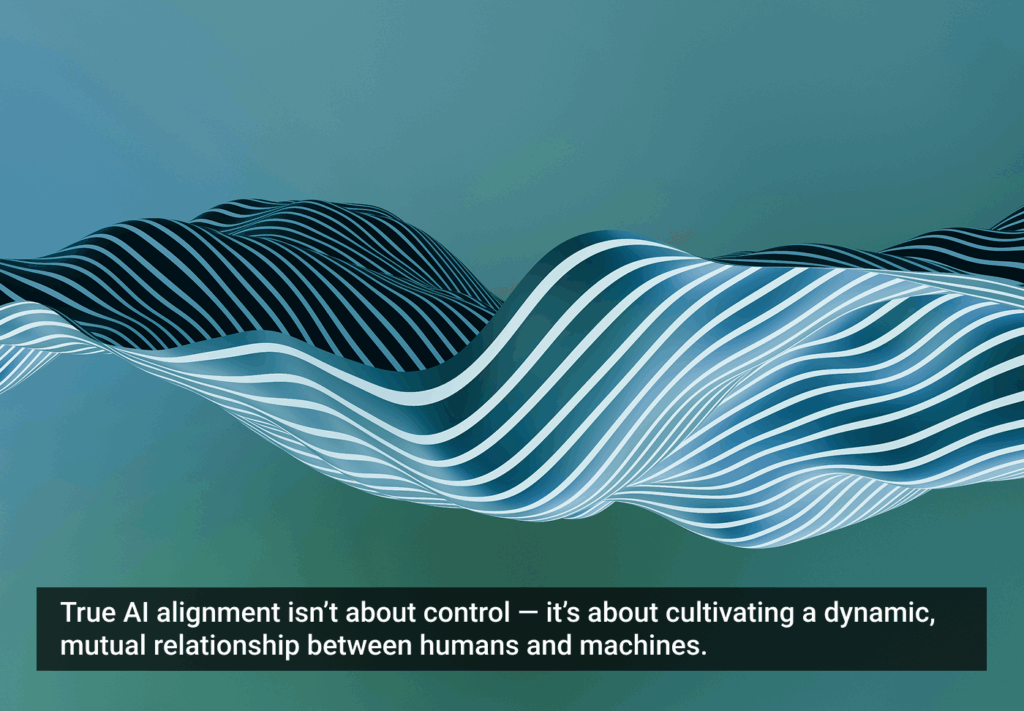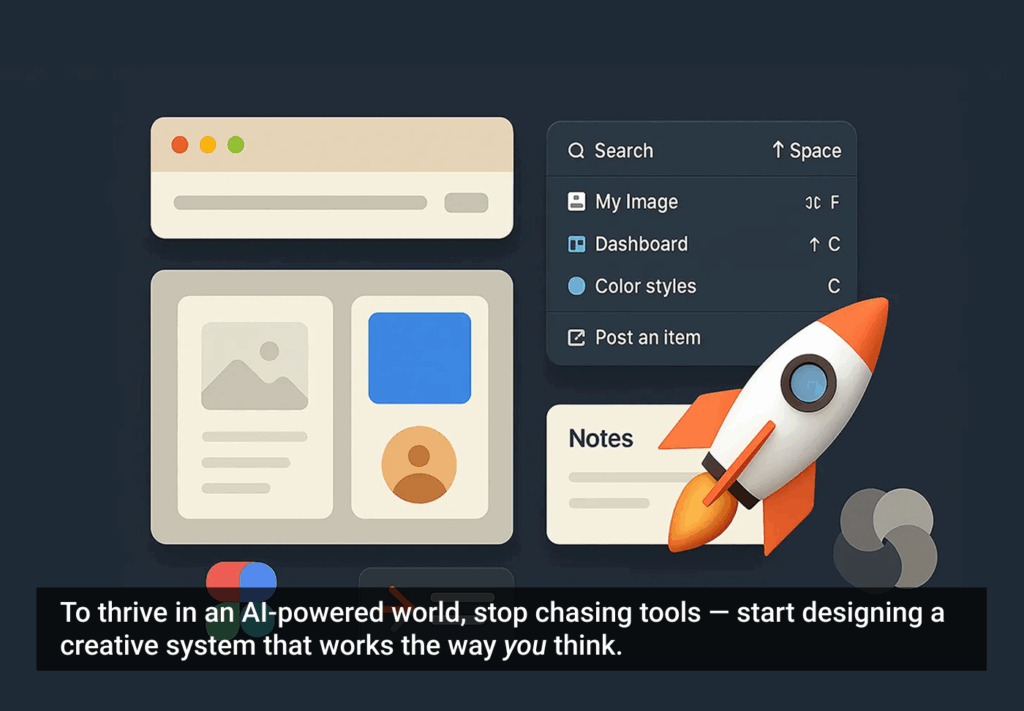“I’ve heard this from a number of people: We don’t want to be Guinea pigs on any software. If you don’t want to be the Guinea pig, you’ve pretty much decided not to innovate … [soon] companies will be begging to be on the Guinea pig list.” — Robb Wilson
This and other insights are explored in episode three of the Invisible Machines podcast. Join OneReach.ai CEO and co-founder Robb Wilson and UXM contributing editor Josh Tyson as they explore the realms of conversational AI and hyperautomation.
Subscribe to UX Magazine wherever you listen to podcasts. You can also watch episodes on the Invisible Machines YouTube channel.









